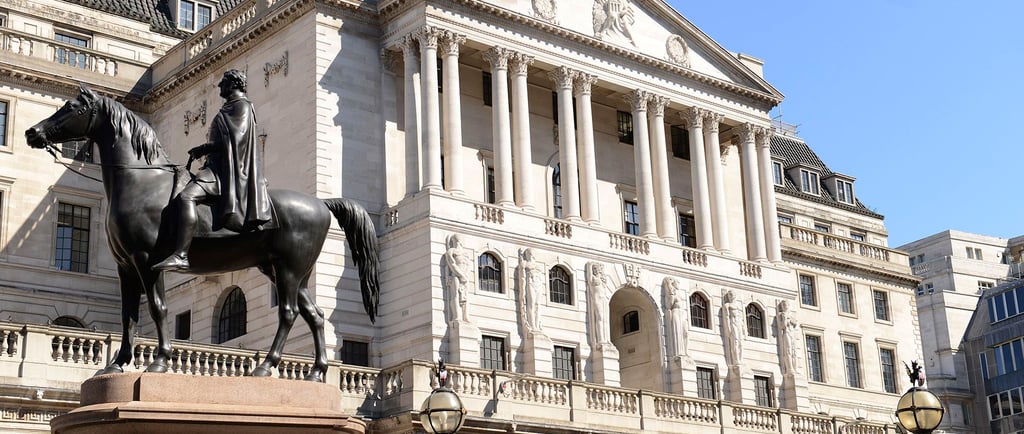United Kingdom: The Bank of England Holds Rates
The Bank of England’s decision to maintain its key interest rate at 5% highlights its careful balancing act between managing inflation and supporting a slow-growing economy. As inflationary pressures persist, particularly in the services sector, will the BoE’s cautious approach be enough to stabilise both prices and growth?
UNITED KINGDOM
Daria Maiorova
9/26/20242 min read


The Bank of England (BoE) recently opted to hold its key interest rate at 5%, a decision that underscores its cautious approach to monetary easing in the face of persistent inflationary pressures, particularly in the services sector. This move comes after the BoE’s initial rate cut in August, and reflects the central bank’s focus on managing inflation while supporting an economy that has shown slow growth.
The Monetary Policy Committee (MPC) voted 8-1 in favor of maintaining the rate, citing the need for a “gradual approach” to easing. The primary concern is the elevated inflation rate within the services sector, which makes up around 80% of the British economy. In August, services inflation ticked up to 5.6%, while headline inflation remained near the BoE’s target of 2%. This dynamic complicates the path forward for monetary policy, as higher inflation in services risks feeding into broader price rises.
Wage growth, while cooling to a two-year low of 5.1%, is still relatively high and continues to put upward pressure on inflation. This, combined with sluggish economic growth—projected to return to 0.3% per quarter in the second half of the year—highlights the delicate balancing act the BoE faces in managing both inflation and economic recovery.
The decision by the BoE comes shortly after the U.S. Federal Reserve’s aggressive 50 basis-point rate cut. Despite this divergence in monetary policy, the BoE’s hold pushed the British pound to its highest level since March 2022, supported by expectations of future rate cuts and sustained global demand for sterling. Meanwhile, global equity markets rallied on Thursday, buoyed by the Fed’s cut and other central banks’ actions.
Quantitative tightening (QT) remains a key part of the BoE’s strategy. The central bank confirmed its plan to reduce its holdings of British government bonds (gilts) by £100 billion ($131.25 billion) over the next 12 months through active sales and bond maturities. While some market participants anticipated an acceleration in QT, the BoE’s decision to maintain the current pace reflects its cautious outlook. The BoE has sustained losses on its QT program, as bonds are being sold at lower prices than they were purchased for, but Governor Andrew Bailey emphasized the necessity of QT to create space for future monetary operations, such as another round of quantitative easing if needed.
Looking forward, market analysts predict that the BoE will likely cut rates in November, with further gradual reductions throughout 2025. However, the BoE remains focused on inflation trends and broader economic conditions before committing to any swift policy changes. Bailey reiterated that while interest rates are on a “gradual path down,” the BoE must remain vigilant, ensuring inflation stays under control as it navigates the delicate process of monetary easing.
In summary, the Bank of England’s decision to hold rates underscores a prudent approach in the face of mixed economic signals. While the Fed and other major central banks have moved more decisively toward easing, the BoE is exercising caution, prioritizing inflation control over immediate rate cuts. With inflationary pressures still lingering, particularly in the services sector, and economic growth subdued, the BoE is likely to continue on this cautious trajectory for the foreseeable future.


